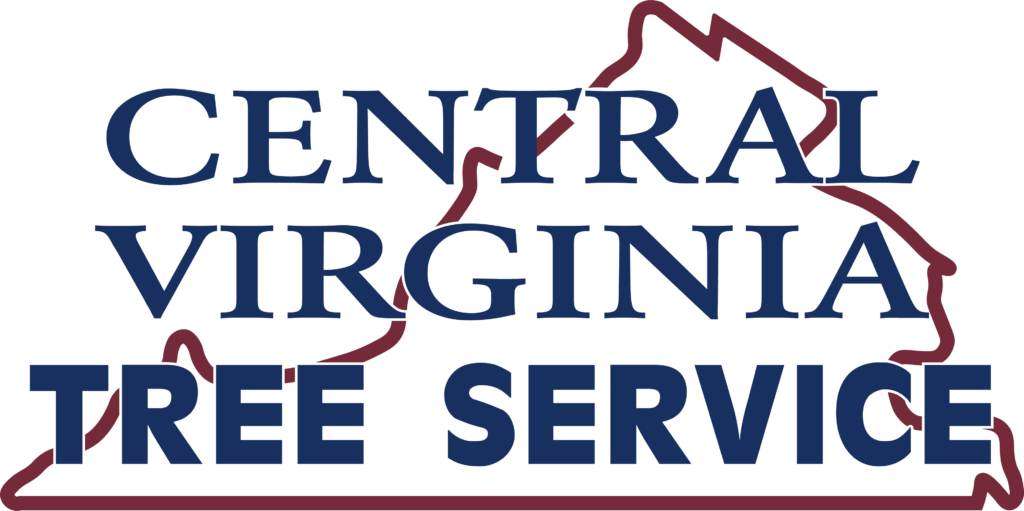Amazingly Invasive Trees You Shouldn’t Plant on Your Property
Few things are as magnificent as a stunning tree that changes from providing cool shade in the summertime to displaying a vibrant array of colors during fall. Before you begin any forestation efforts, ensure that you are making wise decisions that will not only improve the aesthetic of your land but also safeguard the surrounding ecosystems, according to experts in tree service. Before you decide on which tree to plant, make sure to review this comprehensive list of invasive tree species to ensure that your chosen tree will not harm the native plant life in the area.
Autumn Olive
Similar to numerous non-native species, the Autumn olive was introduced to replenish deforested areas during the late 1800s and early 1900s. With rapid growth, this adaptable plant can endure both dry and damp environments, exhibiting strong resilience to varying climatic conditions. Native plants and ecosystems, from Maine down to Virginia and across to Wisconsin, remain under continuous threat.
Buckthorn
The invasive weed, Common buckthorn, also called European buckthorn, is causing major concern in the Northeast, Midwest, and West regions of the United States. This plant’s rapid growth into clusters of trees that can reach heights of 10-25 feet along the borders of woodlands, prairies, meadows, and open fields is destroying local vegetation.
Black Alder
The species that goes by the name of European black alder, which thrives in wet environments, was initially introduced during the Colonial era. With an impressive height range of 40 to 60 feet and a width of 20 to 40 feet, this plant can thrive in wet soil, posing a notable danger to natural wetland habitats.
Earleaf Acacia
This acacia species, commonly found in southern regions such as Florida, is known for its intrusiveness and gets its name from fruit pods that bear a resemblance to the human ear. Despite its amusing moniker, the tall stature of this tree makes it a significant danger due to its capacity to generate 47,000 seeds annually. They flourish in disrupted regions with inadequate nutrients and propagate rapidly in pinelands and Rocklands, quickly replacing struggling indigenous trees.
Central Virginia Tree Service offers first-rate tree service for property owners in the Louisa, VA area. If you wish to avail one of our dependable services and solutions, make sure to call us at (540) 215-4263 today!


No comment yet, add your voice below!